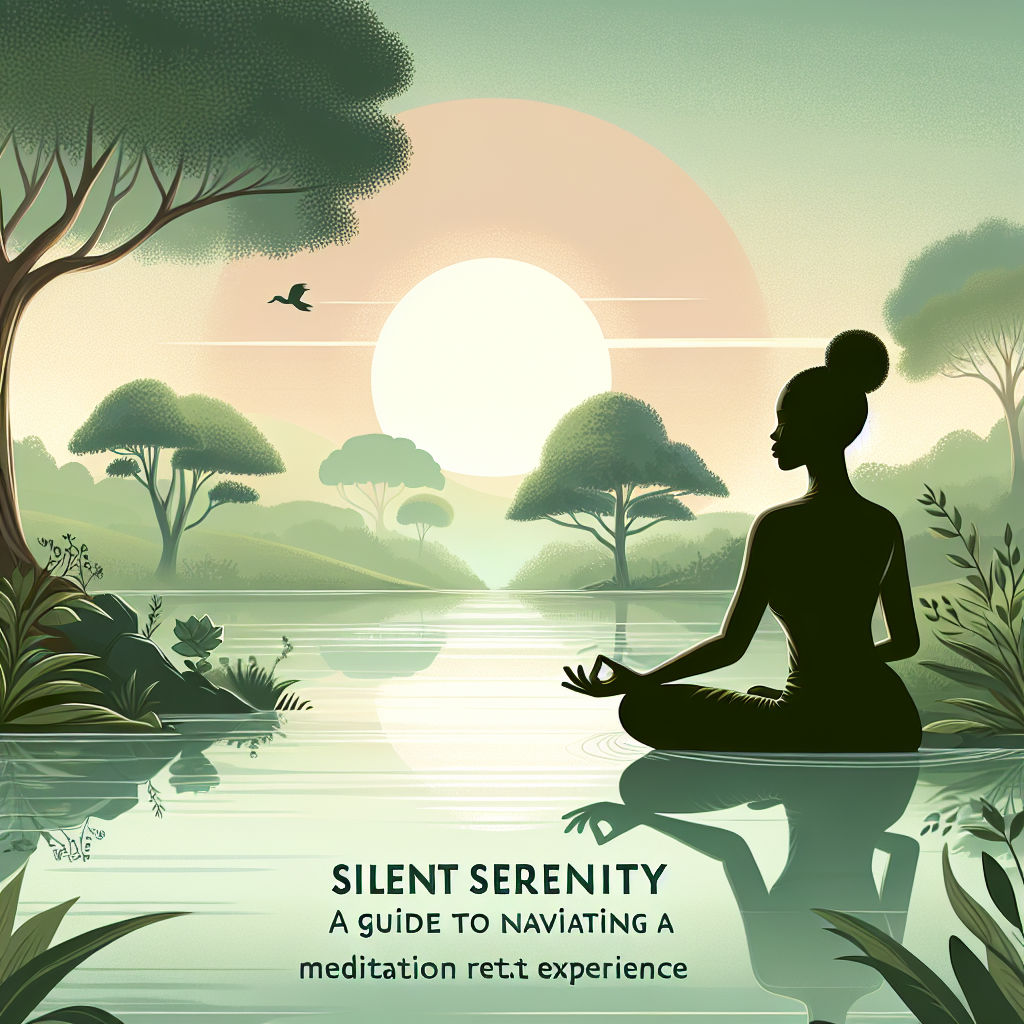meditation and mindfulness are practices that have been around for thousands of years, with roots in ancient Eastern traditions such as Buddhism and Hinduism. In recent years, these practices have gained popularity in the Western world as more and more people are seeking ways to reduce stress, improve mental clarity, and cultivate a sense of peace and well-being in their lives.
If you’re new to meditation and mindfulness and are looking to explore these practices for the first time, you may be feeling overwhelmed or unsure of where to start. However, embarking on this journey doesn’t have to be intimidating or complicated. In fact, all it takes is a willingness to learn, an open mind, and a commitment to yourself to prioritize your mental and emotional well-being.
Getting Started: A Beginner’s Journey into the World of Meditation and Mindfulness
1. Understanding Meditation and Mindfulness
Meditation is a practice that involves focusing your mind and attention on a particular object, thought, or activity in order to achieve a state of mental clarity and emotional calmness. Mindfulness, on the other hand, is the practice of being fully present and aware in the moment, without judgment or distraction.
Both meditation and mindfulness have been shown to have numerous benefits, including reduced stress, improved concentration, enhanced creativity, and increased self-awareness. By incorporating these practices into your daily routine, you can begin to cultivate a greater sense of peace, balance, and well-being in your life.
2. Setting Up Your Meditation Space
One of the most important aspects of starting a meditation practice is creating a dedicated space where you can practice regularly. This space should be quiet, comfortable, and free from distractions. You may want to set up a cushion or chair to sit on, light a candle or burn incense to create a sense of calm, and play soft music or nature sounds to help you relax.
It’s also helpful to set aside a specific time each day to meditate, such as first thing in the morning or before bed. By establishing a routine, you can make meditation a regular part of your daily life and reap the many benefits that come with consistent practice.
3. Choosing a Meditation Technique
There are many different meditation techniques to choose from, so it’s important to find one that resonates with you and fits your personality and lifestyle. Some popular meditation practices include:
– Mindfulness meditation: Focuses on being fully present in the moment and observing your thoughts and emotions without judgment.
– Loving-kindness meditation: Involves sending love and compassion to yourself and others through the repetition of affirmations or visualizations.
– Guided meditation: Uses a recorded audio or video guide to help you relax and focus your mind.
Experiment with different techniques to see which one feels most comfortable and effective for you. Remember, there is no right or wrong way to meditate – it’s all about finding what works best for you and your unique needs.
4. Cultivating Mindfulness in Everyday Life
In addition to formal meditation practice, you can also cultivate mindfulness in your everyday activities by being present and aware in the moment. This can involve paying attention to your breathing, observing your thoughts and emotions without judgment, and engaging fully in whatever task you are doing.
Mindfulness can be practiced while eating, walking, driving, or even doing household chores. By bringing your full attention to each moment and letting go of distractions and worries, you can experience a greater sense of peace, joy, and connection in your daily life.
5. Overcoming Common Challenges
As you begin your meditation and mindfulness journey, you may encounter various challenges and obstacles along the way. Some common difficulties include:
– Restlessness or boredom during meditation
– Difficulty focusing or quieting the mind
– Feeling overwhelmed or anxious
– Lack of motivation or consistency
Remember that these challenges are a normal part of the learning process, and with patience, practice, and perseverance, you can overcome them and continue to grow and evolve in your practice.
FAQs
Q: How long should I meditate each day?
A: There is no set time requirement for meditation – it’s all about finding what works best for you. Some people meditate for just a few minutes each day, while others may practice for an hour or more. Start with a short session and gradually increase the length as you become more comfortable and experienced.
Q: What should I do if I can’t quiet my mind during meditation?
A: It’s natural for the mind to wander and for thoughts to arise during meditation. Instead of trying to force your mind to be still, simply observe your thoughts with curiosity and compassion. Acknowledge them, let them go, and gently redirect your focus back to your breath or chosen object of meditation.
Q: Can I practice meditation and mindfulness if I have a busy schedule?
A: Absolutely! Even just a few minutes of meditation or mindfulness practice each day can have a profound impact on your well-being. Look for short moments throughout your day where you can pause, breathe, and be present – whether it’s during your commute, at work, or before bed.
Q: Is meditation a religious practice?
A: While meditation has its roots in ancient spiritual traditions, it is not inherently religious. Meditation can be practiced by people of all faiths and backgrounds as a way to enhance mental clarity, emotional well-being, and spiritual growth.
In conclusion, embarking on a journey into the world of meditation and mindfulness can be a transformative and enriching experience. By cultivating a regular practice, incorporating mindfulness into your daily life, and overcoming common challenges, you can begin to experience the many benefits that these practices have to offer. Remember to approach your practice with an open mind, patience, and self-compassion, and trust that the journey itself is just as important as the destination.




Leave A Comment